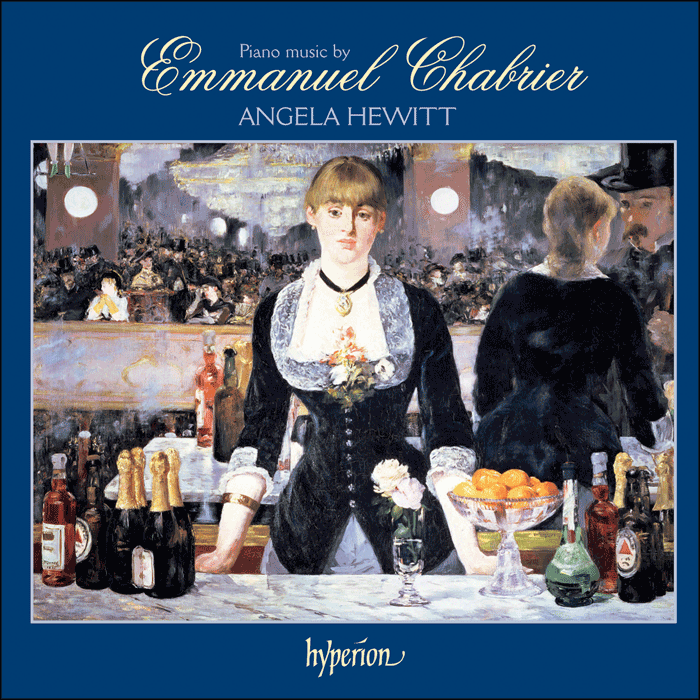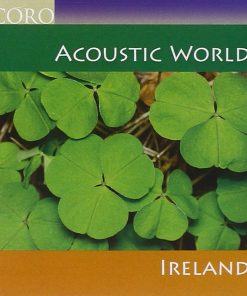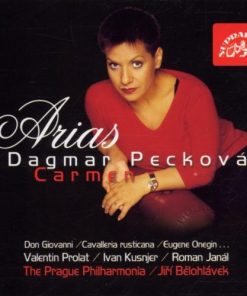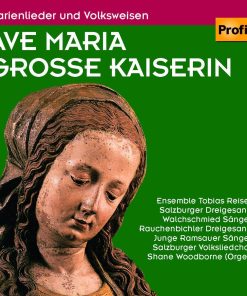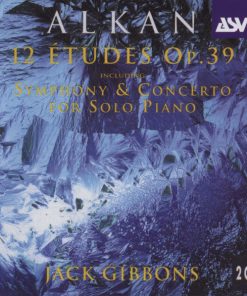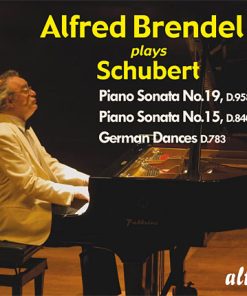CHABRIER: Piano Music – Angela Hewitt Hyperion
$ 20,99 $ 12,59

1
Impromptu[7’11]
2
Ronde champêtre[3’55]
Dix Pièces pittoresques[42’20]
3
Paysage[5’49]
4
Mélancolie[2’39]
5
Tourbillon[1’31]
6
Sous-bois[4’30]
7
Mauresque[3’21]
8
Idylle[3’51]
9
Danse villageoise[4’36]
10
Improvisation[5’20]
11
Menuet pompeux[6’10]
12
Scherzo-valse[4’33]
13
Aubade[4’45]
14
Ballabile[1’33]
15
Caprice[2’44]
16
Feuillet d’album[2’13]
17
Habanera[4’35]
18
Bourrée fantasque[6’38]

Fresh from her distinguished three-disc survey of Couperin, Angela Hewitt turns her attention to the piano music of Emmanuel Chabrier. An important influence for subsequent generations of French composers—most notably Ravel, who acknowledged his debt to the older composer—Chabrier’s music was appreciated more by his fellow artists than by the public. His best works—notwithstanding the popularity of his evergreen orchestral rhapsody España—deserve to be better known.
Chabrier was a sensitive soul, prone to weep on hearing a single chord of Wagner, yet he cultivated a gaiety and sense of joy that is clearly heard in his music. As one biographer wrote: “With Chabrier, burlesque went hand in hand with the sentimental; the picturesque was allied to the emotional.” Chabrier’s passion for painting was unmatched by any other composer, and he was friends with important artists of the day, including Manet, Monet, Sisley, Cézanne and Renoir. He had many of their paintings on his walls, and Manet’s celebrated A Bar at the Folies-Bergère—reproduced on the front cover of this recording—hung above his piano.
Chabrier’s most important works are for the piano. The ten contrasting and evocative Pièces pittoresques form the centrepiece of this recording, and were described by Poulenc as being “as important for French music as the preludes of Debussy”. The remaining works are charming and varied character pieces. All are played with style and affection by Angela Hewitt, who with her renowned warmth and communicative flair makes a very special case for this music.
Fast Shipping and Professional Packing
Due to our longstanding partnership with UPS FedEx DHL and other leading international carriers, we are able to provide a range of shipping options. Our warehouse staff are highly trained to pack your goods exactly according to the specifications that we supply. Your goods will undergo a thorough examination and will be safely packaged prior to being sent out. Everyday we deliver hundreds of packages to our customers from all over the world. This is an indication of our dedication to being the largest online retailer worldwide. Warehouses and distribution centers can be located in Europe as well as the USA.
Orders with more than 1 item are assigned processing periods for each item.
Before shipment, all ordered products will be thoroughly inspected. Today, most orders will be shipped within 48 hours. The estimated delivery time is between 3-7 days.
Returns
The stock is constantly changing. It's not entirely managed by us since we are involved with multiple parties such as the factory and our storage. The actual stock can fluctuate at any time. Please understand it may happen that your order will be out of stock when the order is placed.
Our policy is valid for 30 days. If you haven't received your product within 30 days, we're not able to issue either a return or exchange.
You are able to return a product if it is unused and in the same condition when you received it. It must also still remain in the original packaging.
Related products
MUSIC CD
MUSIC CD
MUSIC CD
